The Central Highlands are located at an altitude of approximately 600m to 1,500m, and have about 2 million hectares of fertile basalt soil – a type of soil formed during volcanic eruptions.
With its fertile, nutrient-rich, and loose soil, this type of soil is good for plants, especially high-value perennial industrial crops such as coffee, tea, rubber, pepper, and cashew.
Coffee plants originated in distant Africa and were introduced to Vietnam in the latter half of the 19th century by European missionaries. Initially, they were grown in the North and then gradually spread to the South.
At the beginning of the 20th century, after decades of wandering across Vietnam, the coffee "ship" finally found its "destination" in the Central Highlands. Here, the altitude, climate, and soil are suitable, and the local inhabitants quickly fell in love with coffee cultivation.
Coffee connoisseurs note that sometimes the coffee from this region has a rich, buttery, caramel-like flavor… and especially a taste created by the sunshine and wind of the Central Highlands.
This harmonious relationship between the plant and the soil has made Vietnam the world's second-largest coffee exporter. In particular, Vietnam's Robusta coffee production ranks first in the world.
Coffee has transformed the lives of people in the Central Highlands and contributed to the country's economic development. Conversely, a distinct coffee culture has emerged in Vietnam. The names of different types of coffee have also been Vietnamese-ized.
Arabica coffee is also known as "tea coffee" because its leaves resemble those of the tea plant – this type of coffee only grows in certain areas of Lam Dong province – its production is not high but its quality is excellent. Robusta coffee is called "vối coffee" because its leaves resemble those of the vối plant – a colloquial and familiar name.
People in the Central Highlands usually calculate the planting seasons according to the lunar calendar. After harvesting around mid-October, the coffee plants are pruned and watered continuously until the rains come (usually in March of the lunar calendar).
Just before the Lunar New Year, coffee flowers bloom in their first burst. From the 15th to the end of January, the second bloom occurs, though with fewer flowers, but the fruit setting rate is very high. The final bloom of coffee flowers occurs around the end of February. When there is plenty of rain, coffee growers only need to weed and fertilize regularly to provide the plants with more nutrients to nourish the fruit. In August, the coffee begins to ripen, and by October, the coffee plantations are bustling with the sounds of harvesting as the coffee beans turn a vibrant red.
Heritage Magazine


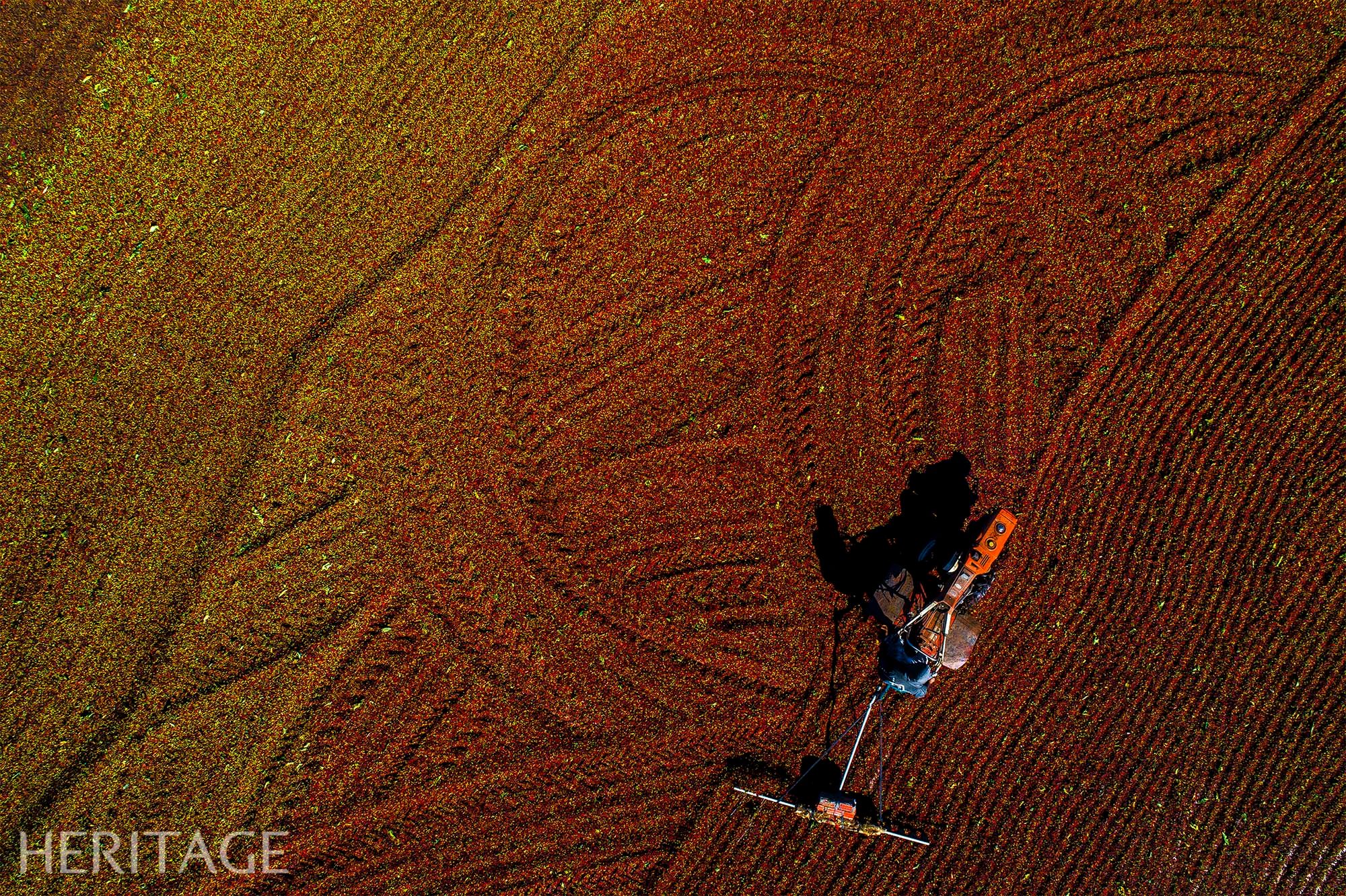
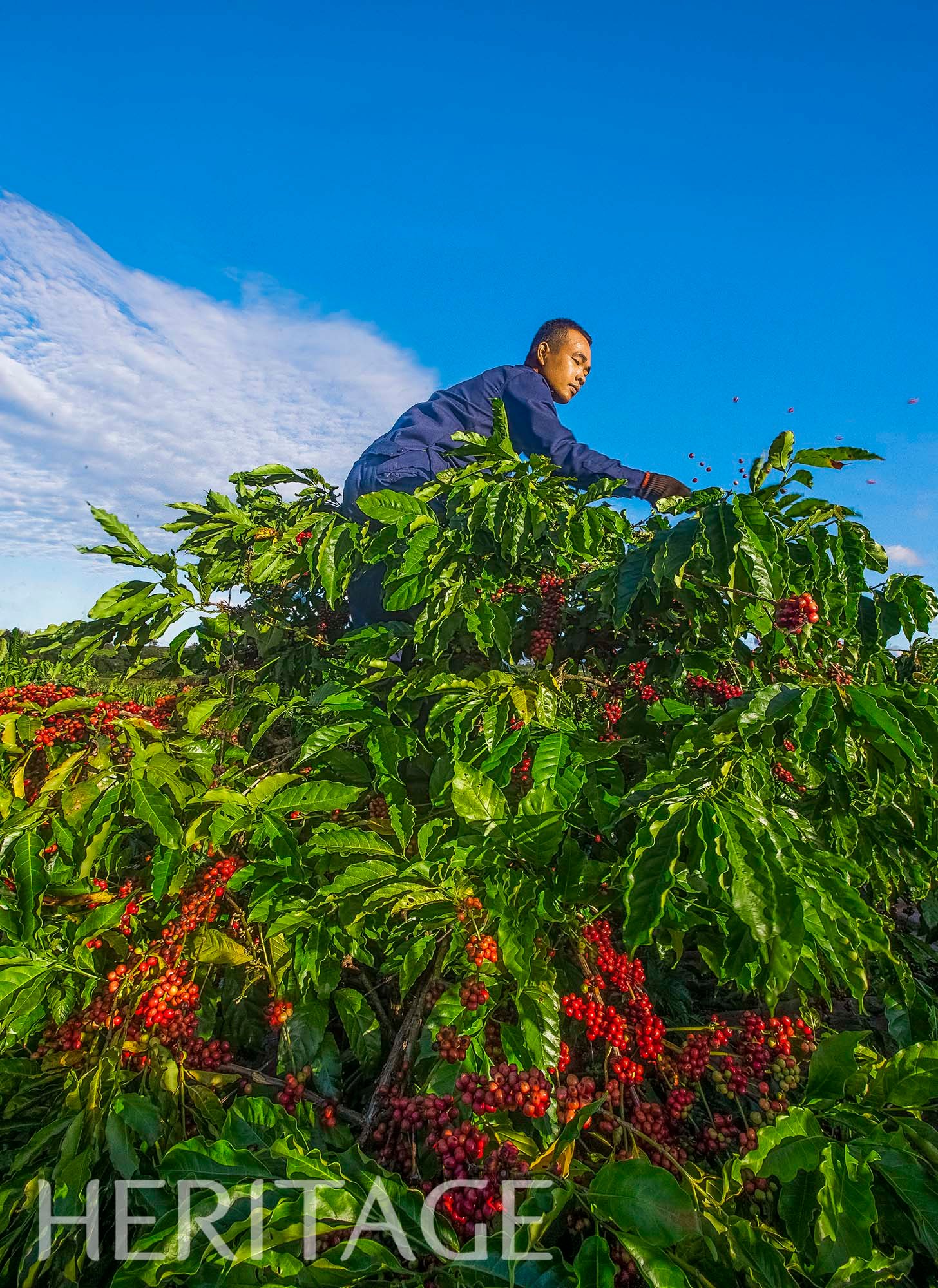
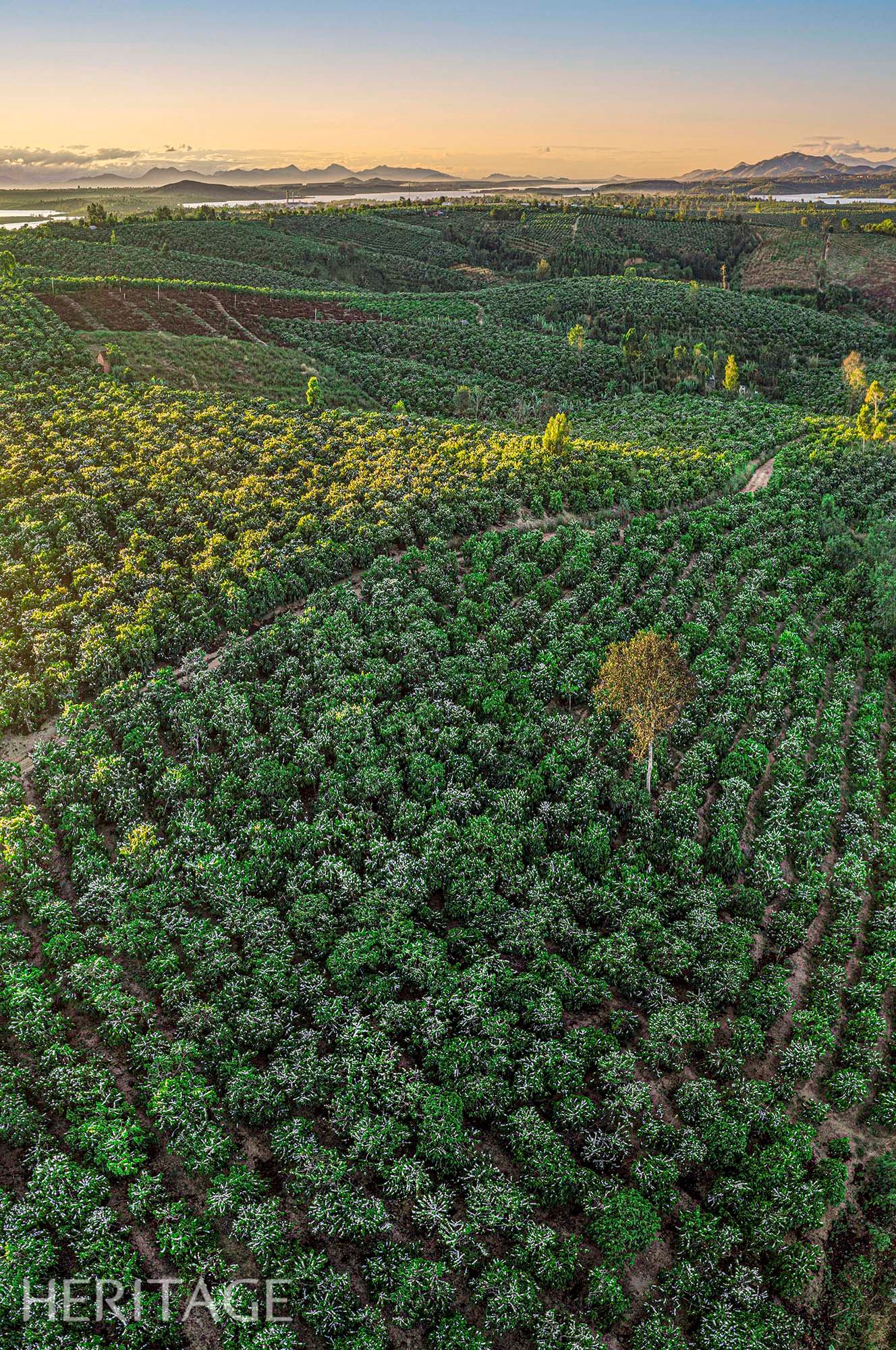
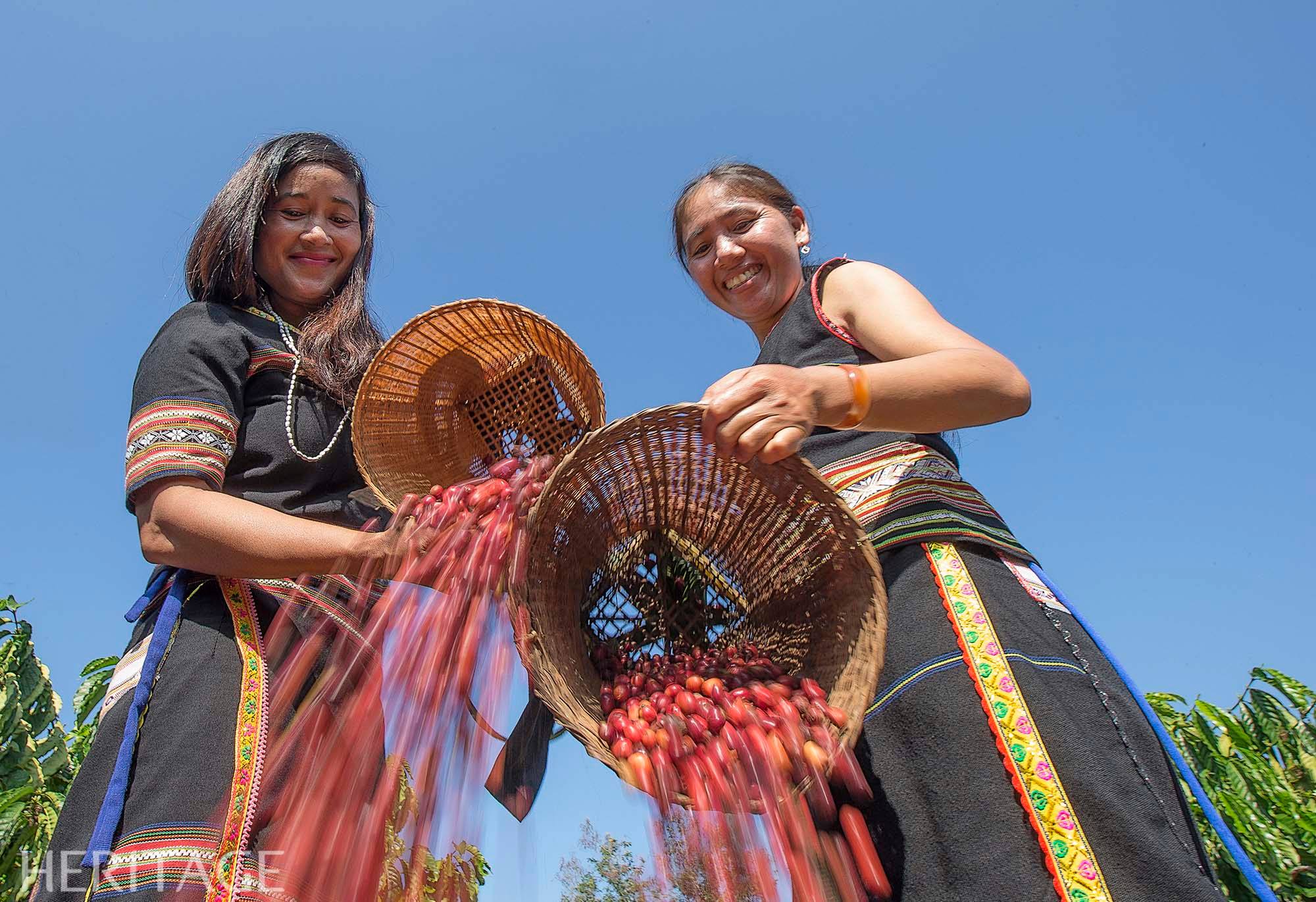
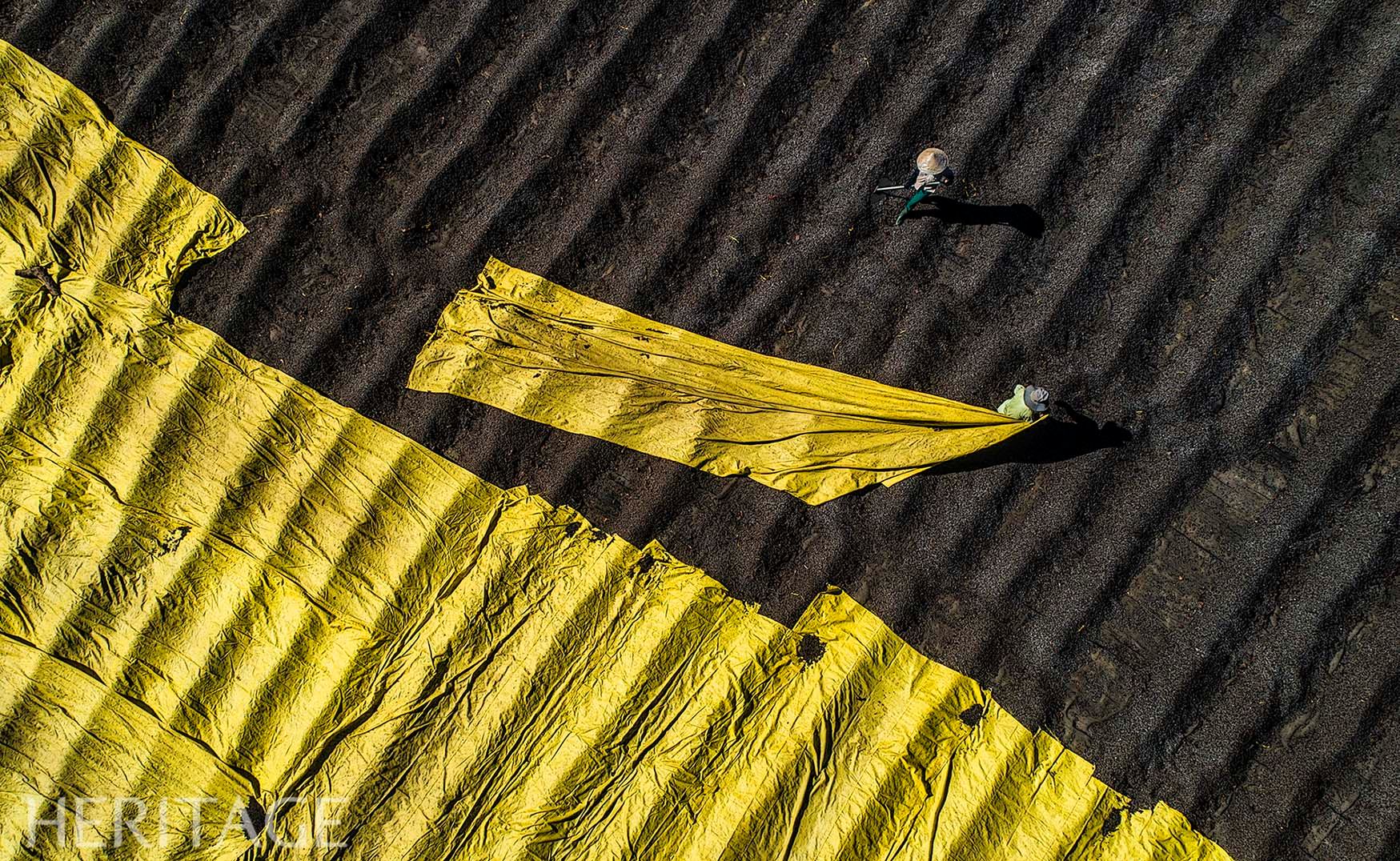


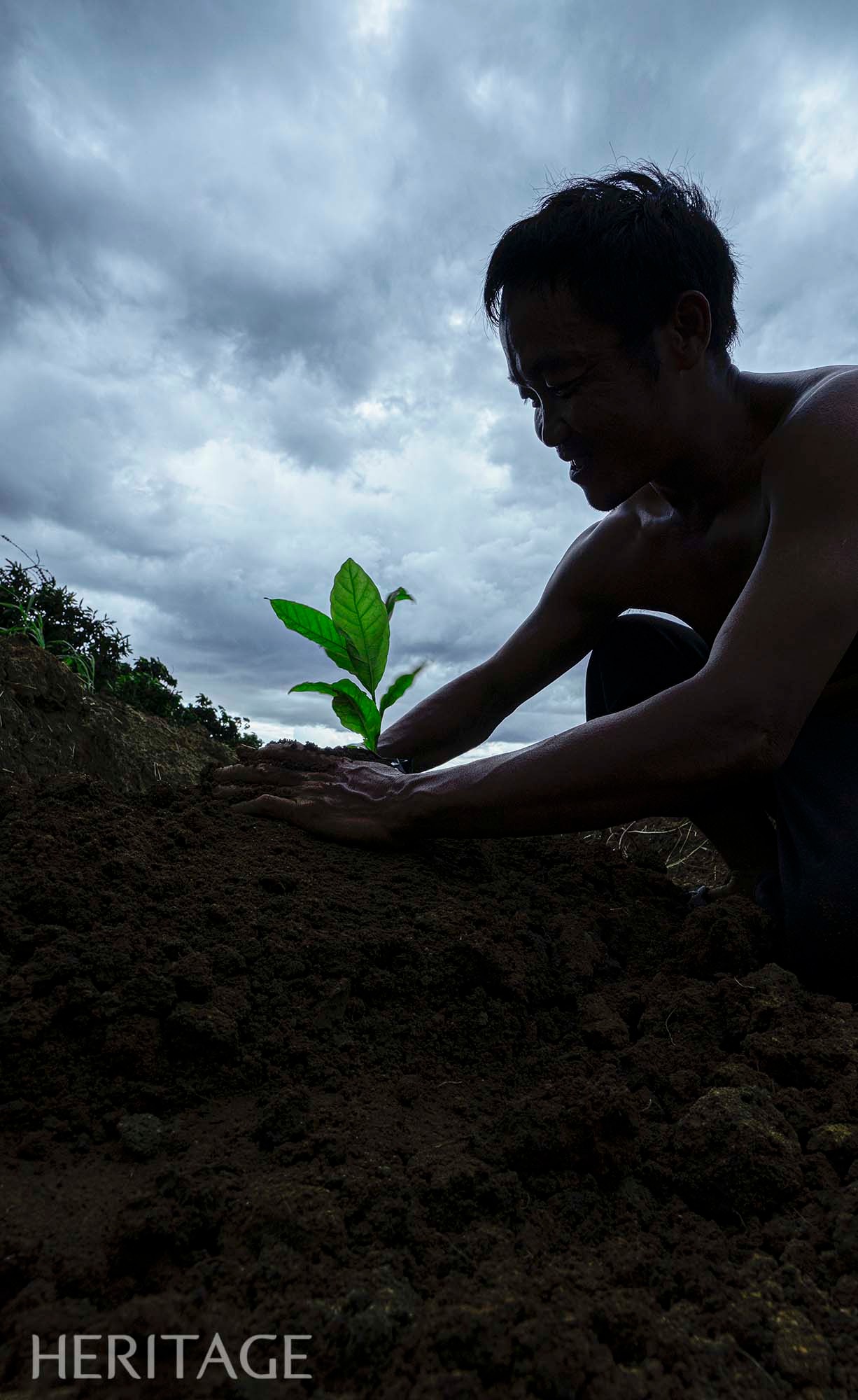


![[Photo] Prime Minister Pham Minh Chinh presides over a meeting on private sector economic development.](/_next/image?url=https%3A%2F%2Fvphoto.vietnam.vn%2Fthumb%2F1200x675%2Fvietnam%2Fresource%2FIMAGE%2F2025%2F12%2F20%2F1766237501876_thiet-ke-chua-co-ten-40-png.webp&w=3840&q=75)










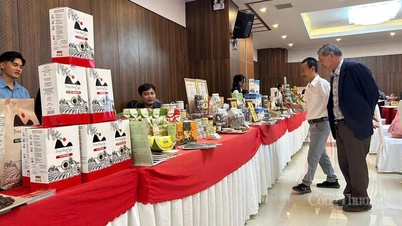

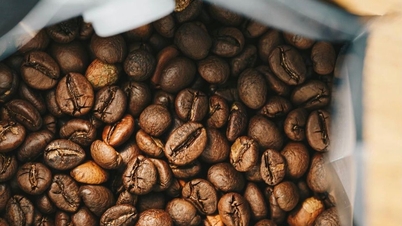























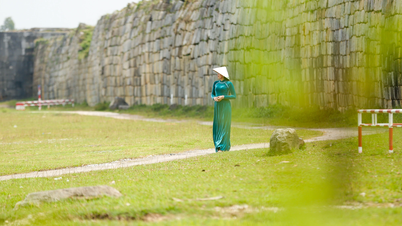



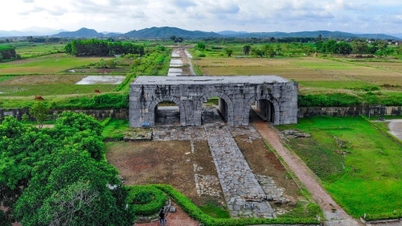



















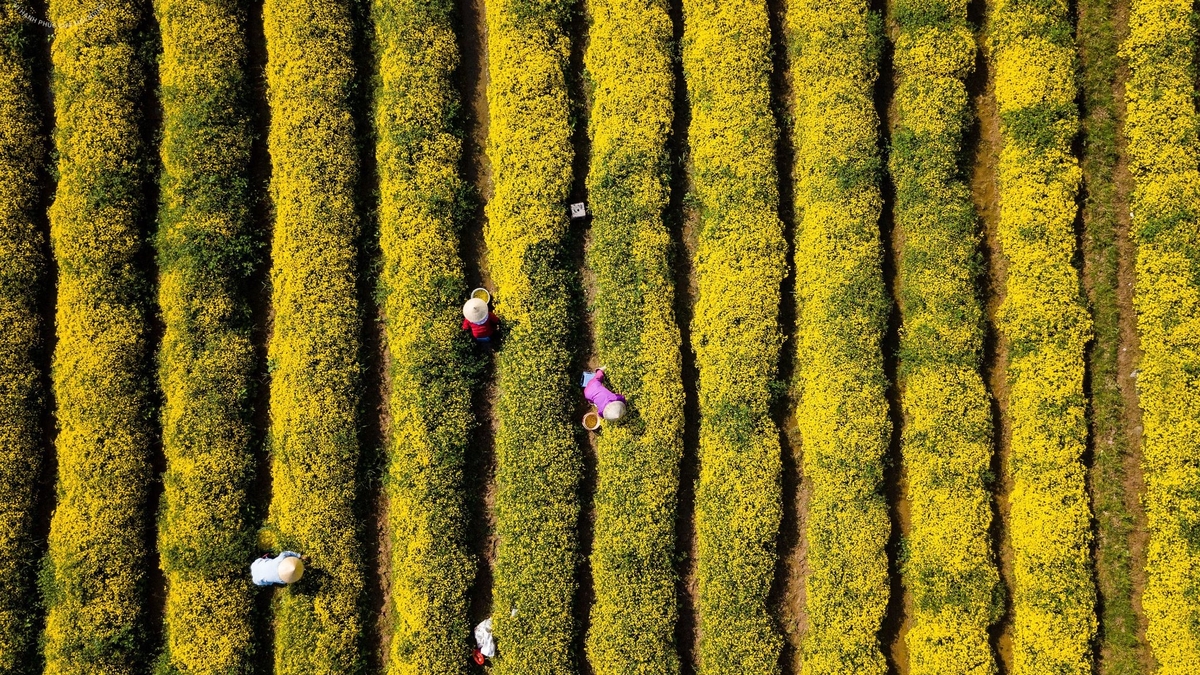












































Comment (0)